2018 was a far busier year for the photography industry than many anticipated, with some expected releases finally surfacing and some unexpected announcements (looking at you, L-mount alliance) alongside. So what do we reckon 2019 will throw our way?
Some manufactures have been open about their intentions for their systems, and so we already know of a handful of cameras and lenses that should be confirmed. But what else might we see? We've pooled together what we know for sure with our predictions for the next twelve months.

Another new Canon mirrorless model – or two
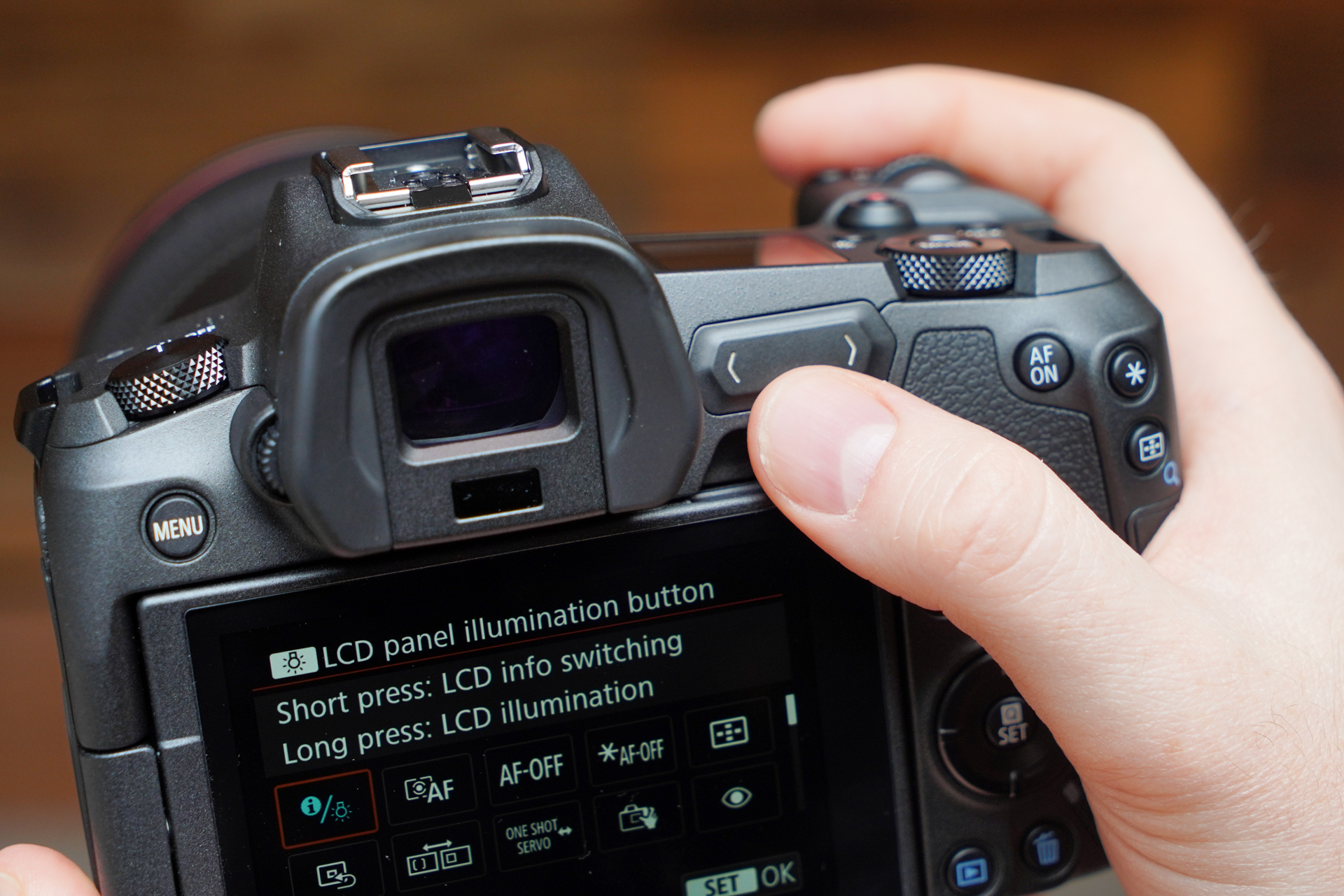
Will Canon keep polarising features such as the M-Fn bar on its next mirrorless models?
It wasn’t long after Canon announced its new mirrorless range that rumours started to appear about new models joining the EOS R. In fact, there’s been plenty of talk about two further full-frame cameras, potentially called the EOS Rx and EOS Rs, with at least one sporting a 26.2MP full-frame sensor.
The positioning of the EOS R certainly makes models on either side plausible, a lower-end model to tempt users into the system and a higher-end one to grab pro DSLR users that may otherwise be swayed by offerings from the likes of Nikon and Sony.
Further rumors of in-body stabilisation for the system – an advantage offered by both Nikon and Sony – are currently circulating, although there doesn’t appear to be anything to back this up right now. In any case, it seems unlikely that it will wait a whole year to broaden the range, so we fully expect at least one further body throughout 2019.
The fact that Canon has a habit of showing off new sensors as they are being developed has also led to much conjecture about exactly where these will eventually appear. Purportedly it’s working on a 75MP camera for release in the latter half of the year, while other rumblings include a new C300 Mark III model. It will no doubt also seek to refresh its EOS M line at some point, with the most anticipated arrivals being replacements for the EOS M5 and EOS M6.
A long-overdue replacement for the Canon EOS 7D Mark II
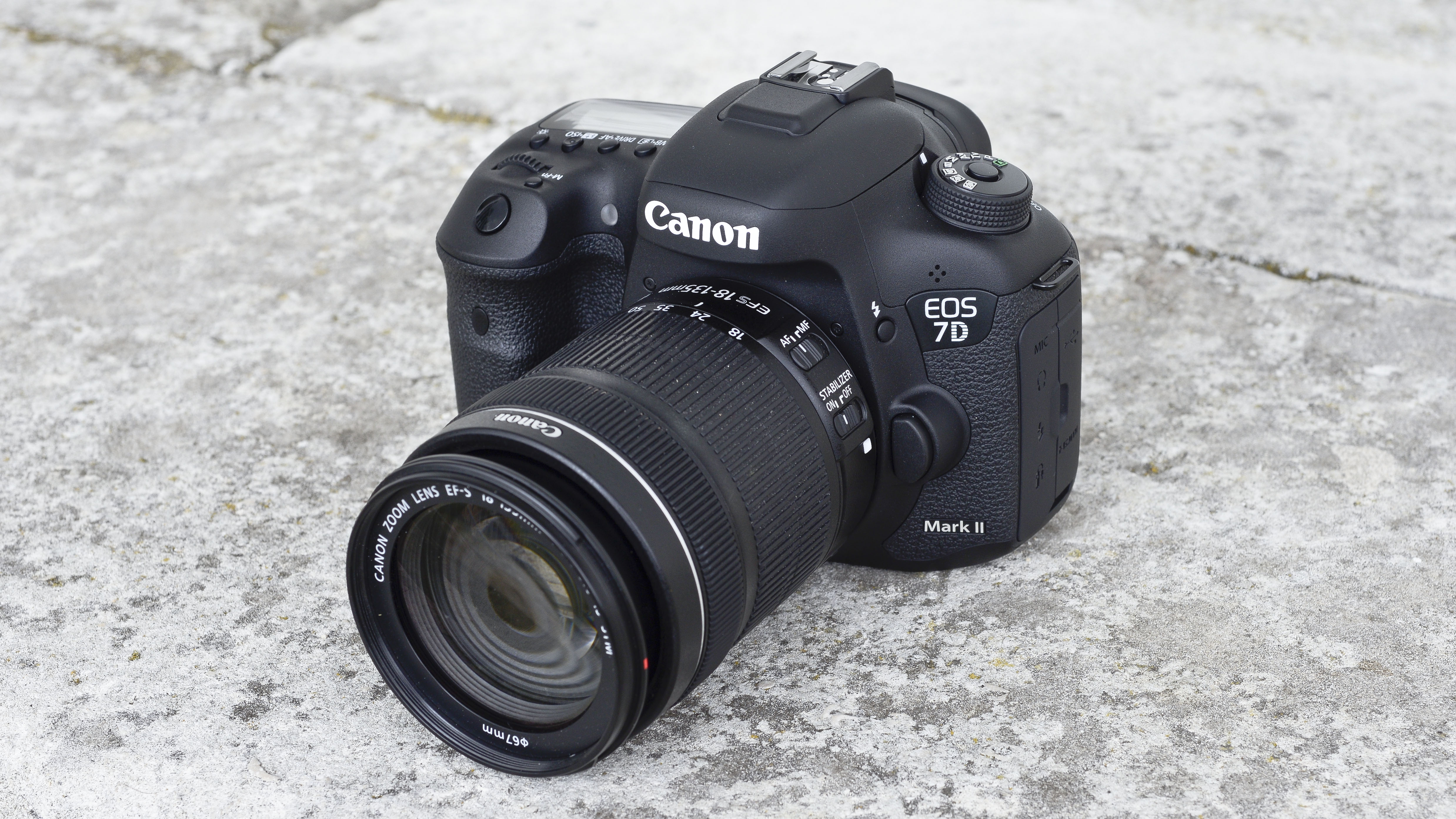
Sports and action photographers will welcome a new version of the EOS 7D Mark II
Canon’s has done well to update its DSLR collection in the past couple of years, most recently with the EOS Rebel T7 / 2000D and EOS Rebel T100 / EOS 4000D, and with the EOS 6D Mark II and EOS Rebel SL2 / EOS 200D before that. With the EOS 77D and EOS Rebel T7i / EOS 800D having also been released during 2017, it’s the EOS 5D Mark IV and EOS-1D X Mark II that are starting to show their age, although not quite as much as the EOS 7D Mark II that arrived all the way back in 2014.
So, we reckon an EOS 7D Mark III would be Canon’s next move for its DSLR users. While it's speed rather than pixel count that’s the priority for the EOS 7D series, we imagine the Mark II’s 20MP sensor would be replaced, and the Dual DIGIC 6 processors would no doubt be edged out by the DIGIC 8 engine(s) we saw inside the EOS R and EOS M50. We also expect refinements to the autofocusing system and perhaps 12fps burst shooting too. 4K video? Possibly, although this is Canon…

Nikon announces the D760 and new S-mount lenses

The NIKKOR Z 58mm f/0.95 S Noct lens is set for release in 2019
With much of its efforts throughout 2018 centred around getting its Z system off the ground, Nikon will no doubt spend 2019 making a stronger case for the new line with new lenses – and perhaps even a further model.
The company has already confirmed it will release the 20mm f/1.8, 85mm f/1.8, 24-70mm f/2.8, 70-200mm f/2.8 and 14-30mm f/4 optics over 2019, as well as the beastly NIKKOR Z 58mm f/0.95 S Noct. As is often the case, it's stressed that these things are subject to change, and perhaps some other lenses will also arrive that weren’t included in the original roadmap.
Aside from its Z system, rumours of a D760 model continue to build, particularly in the light of recently leaked images that show a product box (which, of course, may well have been Photoshopped). That said, the D750 is now over four years old, and a name such as D760 would certainly make sense if you consider such a model's placement between the D750 and D800-series models.
Nikon updates its flagship DSLR
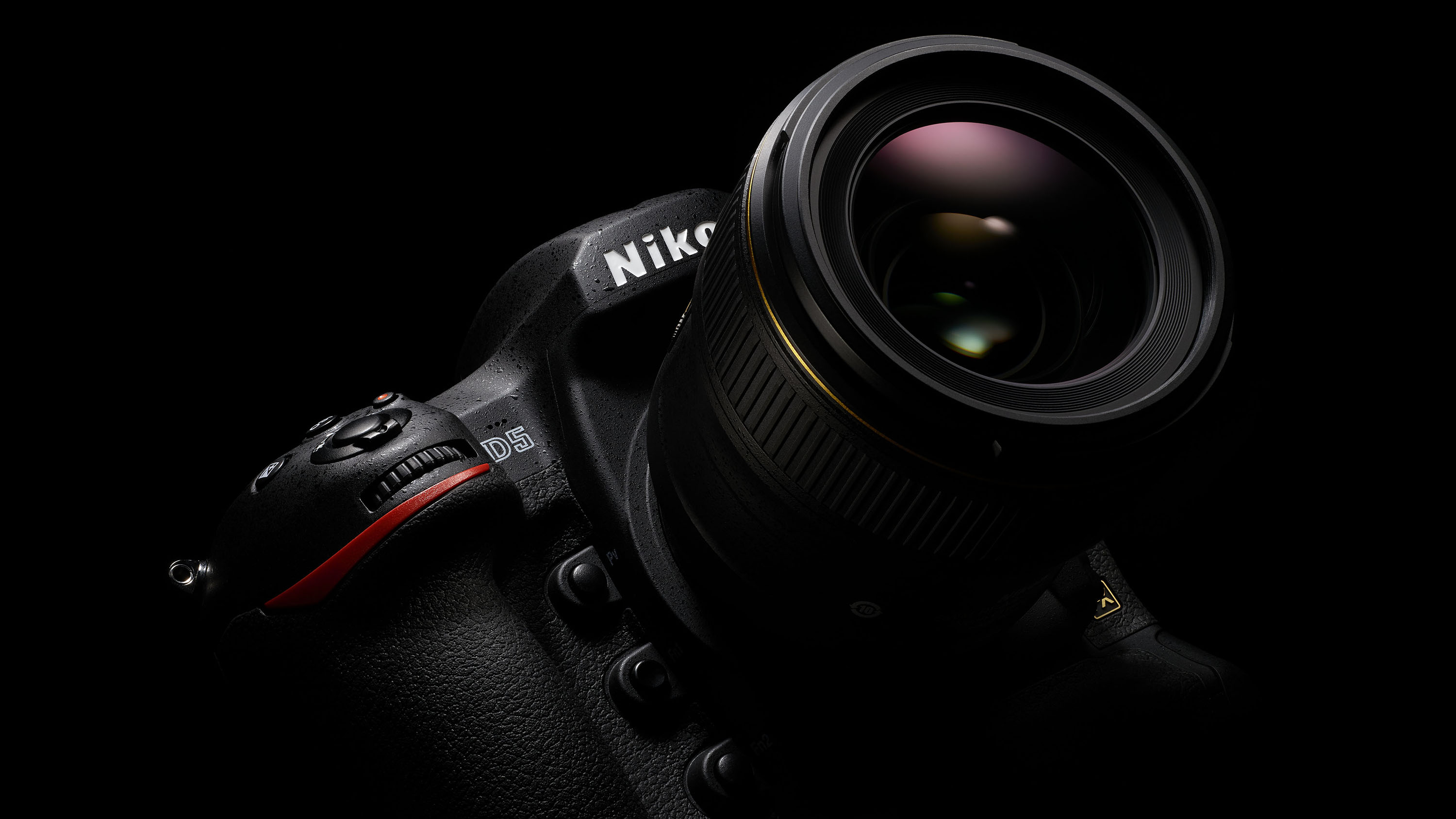
It’s still relied upon by many pro photographers, but the D5 is expected to be replaced by a newer version at some point
Nikon’s D5 will also turn three in January, so could we expect a refresh as rumours have suggested? There was a three-year gap between the D4 and the D5, after all, so the timing would make sense.
Some may suspect that a higher-end Z-series model might be Nikon’s priority for professional users, but it’s unlikely that Nikon will end its pro-grade DSLR line here. At least until we have the kind of continuous shooting and autofocus performance, as well as the rugged build of the single-digit DSLR series, Nikon will no doubt look to continue catering for pro photographers with its more traditional offerings.
The company has, after all, made it clear that it will continue to develop its DSLR line, and when you consider that the last few releases were the D850, D7500 and D3500, it makes perfect sense that updates to the D5 and D750 would follow next. So here, we’re inclined to believe the rumours.

Fujifilm refreshes its X-Pro2
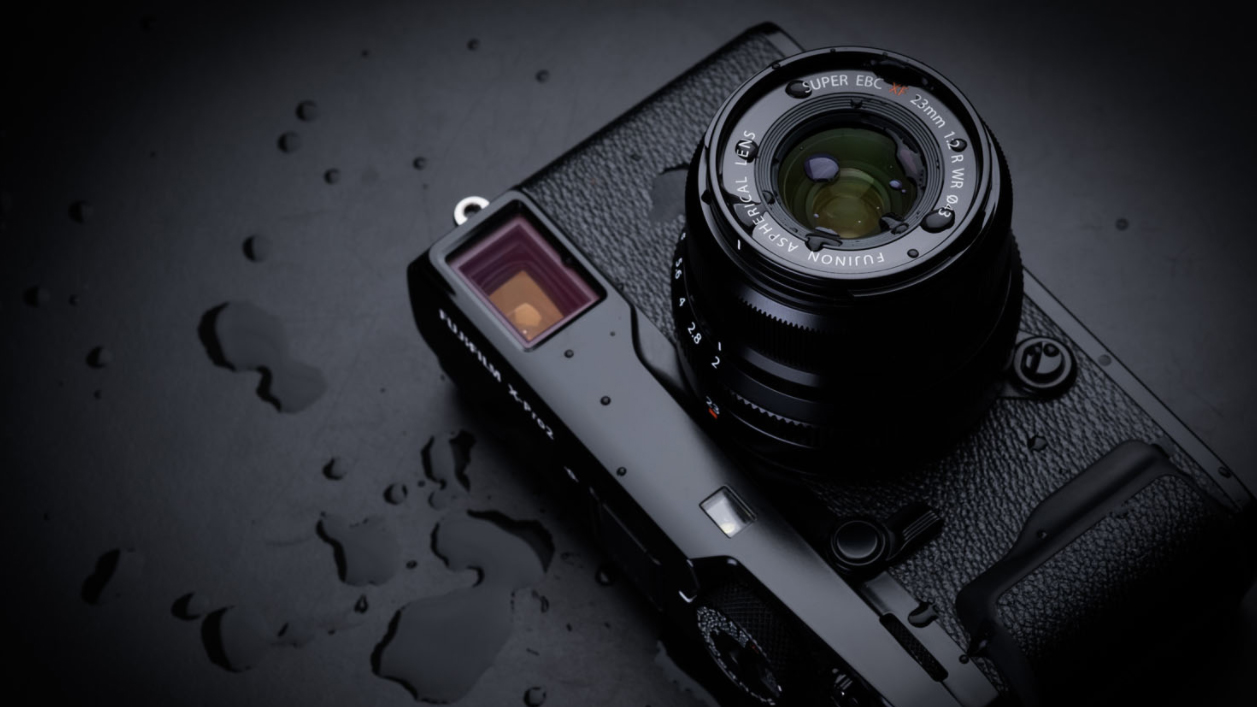
The X-Pro2 used to be a co-flagship model, but many newer arrivals have come onto the market since then
Where does Fujifilm go next? Having recently updated so many models across its full camera spectrum, it’s difficult to know exactly what its next move will be, although something that would serve as a replacement for the almost-three-year-old X-Pro2 would make a lot of sense.
The X-Pro2 continues to be a popular camera for enthusiasts, and it's been bolstered by numerous firmware updates since its launch, although Fujifilm has been busy enough since that model’s release for it to have lost some of its lustre. We certainly expect an updated model to cherry-pick some of the more recent goodies from newer X-series arrivals, such as the 26MP sensor inside the X-T3 and an upgraded autofocusing system.
Another option, although perhaps a less likely one, would be a fifth iteration in the popular X100 series, following on from the X100F announced at the start of 2017. The X100F is still a very well-specced model by today’s standards, and so we don’t expect this too soon in the year, but we won't be surprised if it turns out that this is what the company currently has in the works.

Sony finally adds the A7S III to its stable
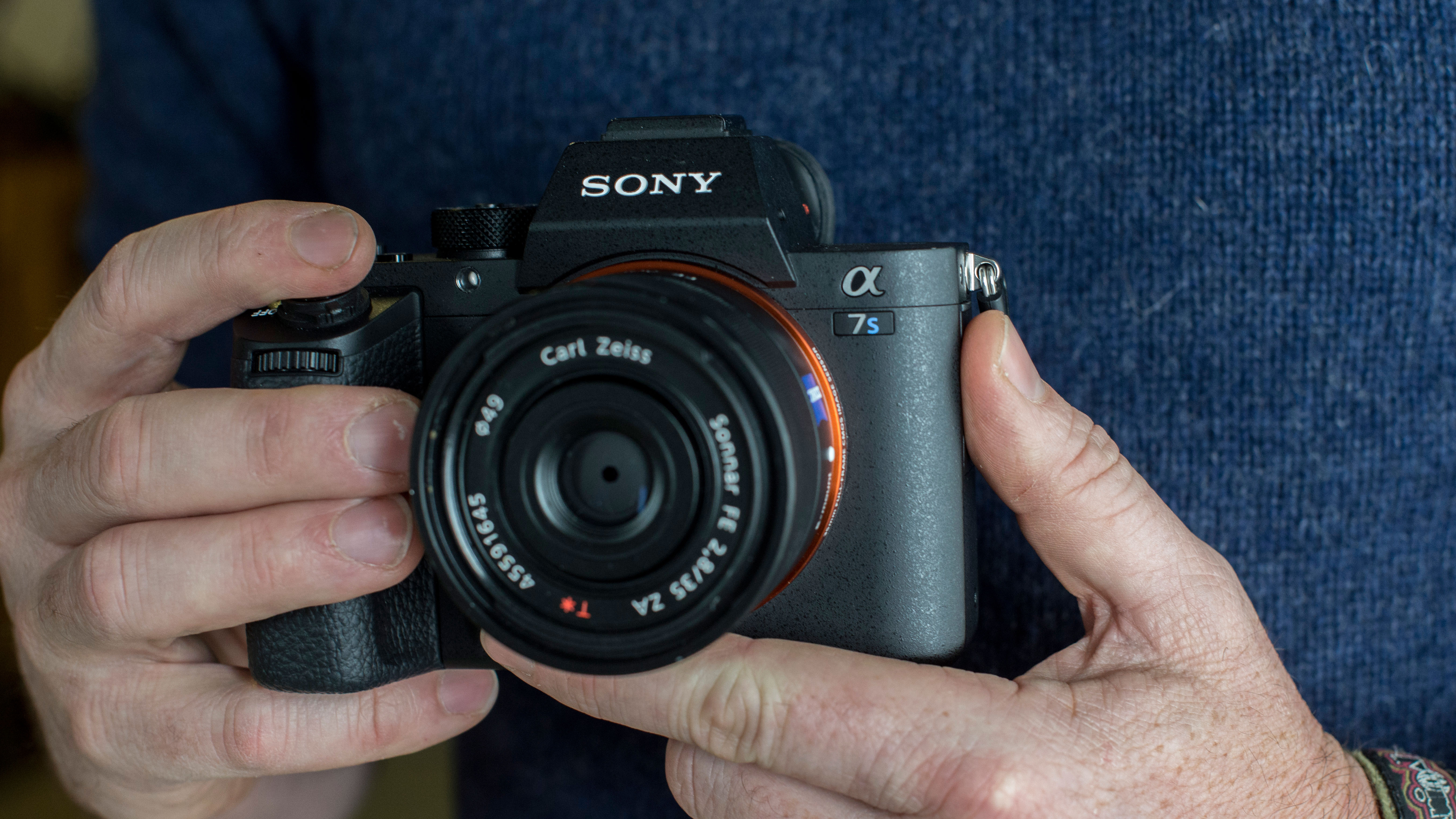
The A7S II is showing its age, and has been expected to be replaced for some time
With both the Sony A7 III and the A7R III having settled into the market, many have wondered where exactly the A7S III is. Having now been available for more than three years, the A7S II is still a highly respectable option for pro videographers, but at the same time it's very much at the risk of being eclipsed by newer rivals courtesy of Panasonic, Fujifilm and others.
We don’t imagine Sony would move onto a fourth-generation A7-series model without completing its current triplet, so 2019 will surely welcome the A7S III at some point. No doubt it will arrive with a revised sensor (not necessarily one with an increase in pixel count), together with stronger 4K video specs, better autofocus and an additional card slot, as well as a Z-series battery with much more juice than the A7S II's cell.
Sony also revealed this year that it would bring out 12 further lenses throughout 2019, so if you’ve recently switched to the Alpha system and the lens you want doesn't exist, we suggest you hold tight – it may be here soon.

Ricoh introduces new APS-C DSLR
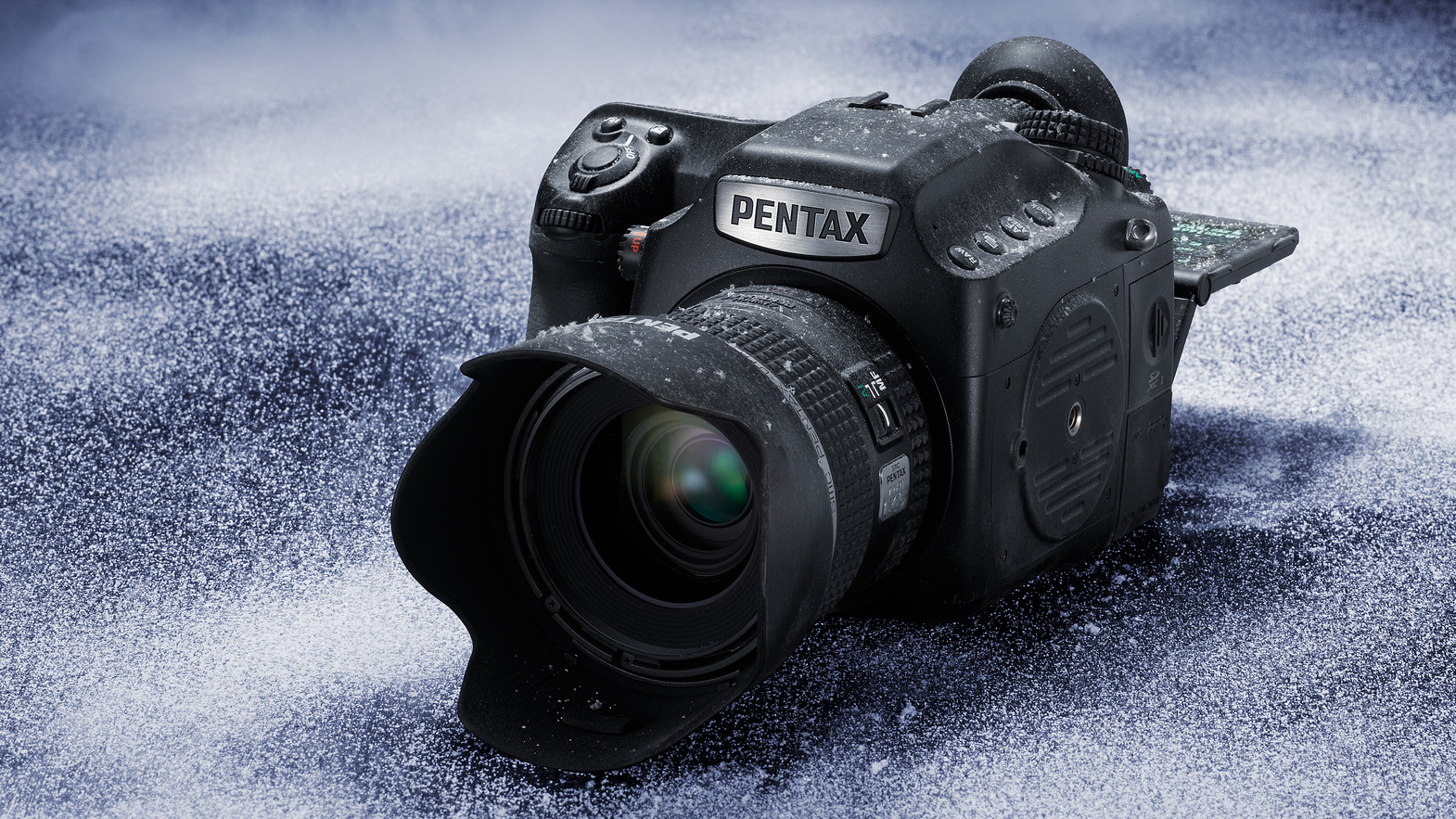
Ricoh is likely to focus on either a new medium format model, such as an update to the 645Z, or on its APS-C DSLR line
Ricoh is currently offering deep discounts on its most popular Pentax-branded cameras by way of cashback, and it’s no doubt looking to clear some stock to make way for new arrivals. We know the GR III is coming some time during 2019 as the company has already confirmed this at Photokina, but what else might we get?
There’s good reason to suspect new arrivals as the Pentax brand will join Olympus in celebrating its 100th birthday next year, and it will almost certainly look the mark the occasion in style. In the absence of a mirrorless line of cameras – at least not one that’s had any development for some time – and the K-1 Mark II introduced only a few months ago, it seems most likely that Ricoh will focus next on either its entry-level Pentax DSLR line or its medium format series – or both.
The last bit of love shown for its APS-C cameras was at the start of 2017 in the shape of the KP model, so something underneath these would make the most sense. The naming convention set out by previous Pentax models doesn’t make it obvious what this might be called, but we expect once again for it to have a very competitive spec sheet, hopefully with a more refined autofocus system and a new sensor on board.

Olympus introduces a new flagship mirrorless model
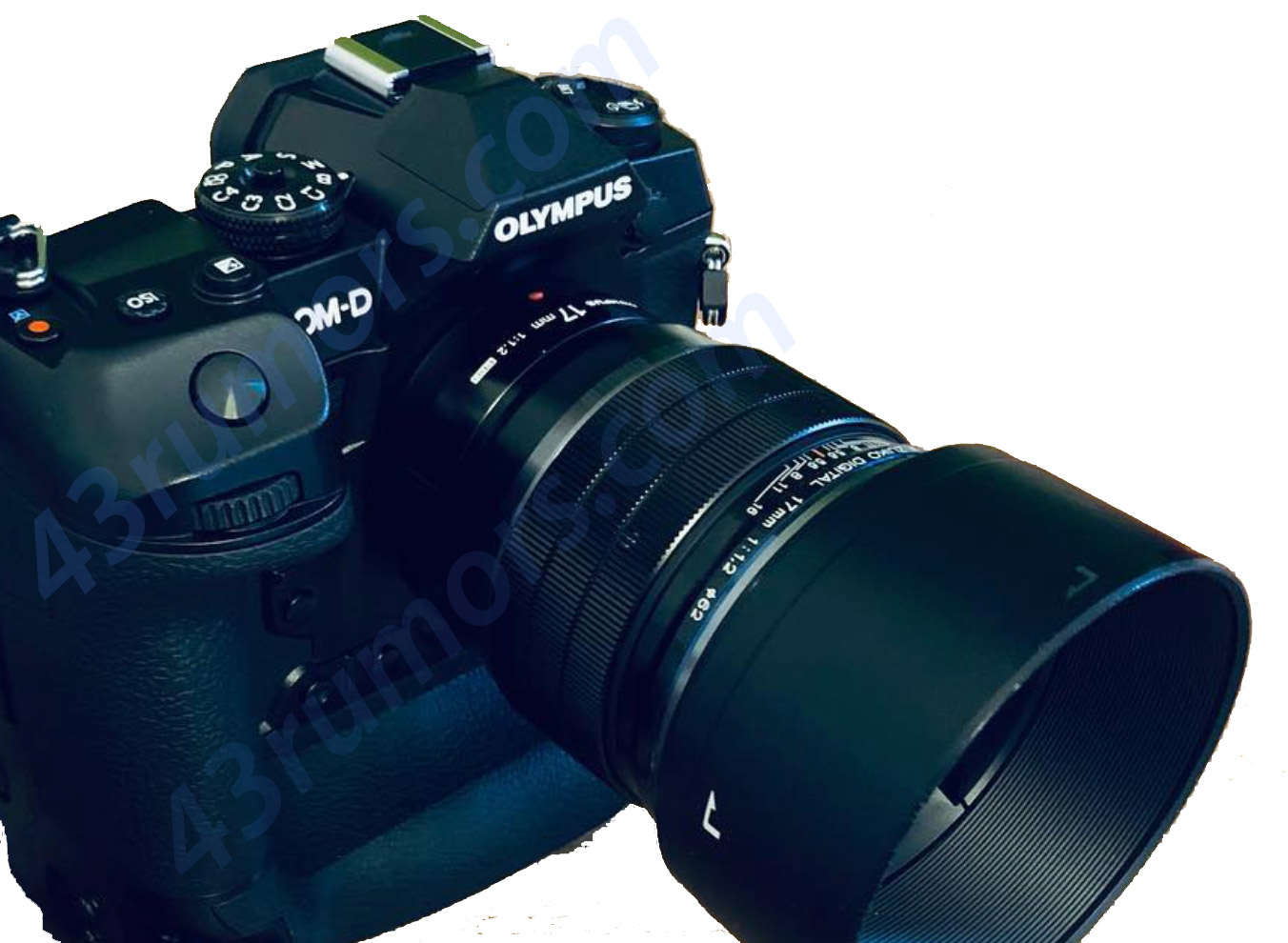
43rumors.com, reckons this is the new flagship model from Olympus
After a relatively quiet 2018, Olympus will no doubt want to make more of a fuss in 2019 as it celebrates its 100th birthday. This, together with its OM-D E-M1 Mark II body now over two years old, makes rumours of a new flagship mirrorless camera all the more believable.
Speculation of an OM-D E-M1X model has become more intense following leaked images published on rumour sites, which reveals a more pro-DSLR-style body complete with an integrated grip. Some of the purported specs sound somewhat unbelievable – 7.5-stop image stabilisation, anyone? – but then the OM-D E-M1 Mark II certainly exceeded expectations, so it's not that far fetched.

L-mount alliance will help to expand system quickly
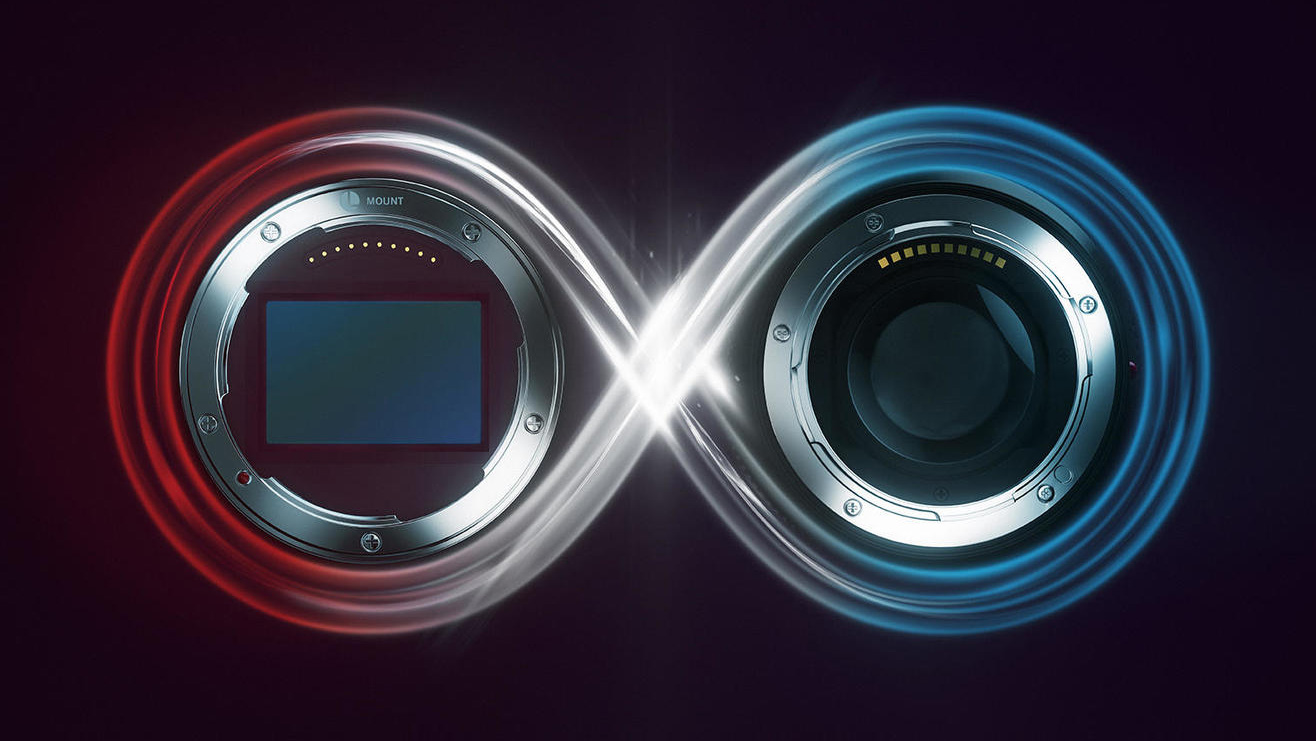
With Panasonic, Leica and Sigma working together, we expect the L-mount to grow at speed
Panasonic is one of the most prolific camera manufacturers around, and both Sigma and Leica have also worked tirelessly to bring new models to market throughout 2018, so we expect the combined power of the three to firmly establish its L-mount system as a credible challenger to Canon, Nikon and Sony’s own full-frame alternatives.
While the mount has been in existence since 2014, being limited to Leica’s own products has means that it would only ever hold so much appeal to the everyday photographer. That’s all changing, though, as Sigma has stated its intentions to release a full-frame L-mount camera with a Foveon sensor over 2019, and Panasonic has already confirmed two debut models in the line. Panasonic is also set to bring four lenses to market (as discussed above), but we don't believe this is all we'll see before the year is up.
By the end of next year, we believe all three manufacturers will have confirmed at least one camera apiece and further lenses, hopefully at a range of technical levels and price points to ensure the line is viewed favourably by professionals while not being completely out of reach of enthusiasts. With all three having such strong roots in imaging, we can’t wait to see how the combined might of the three will alter the mirrorless market.
